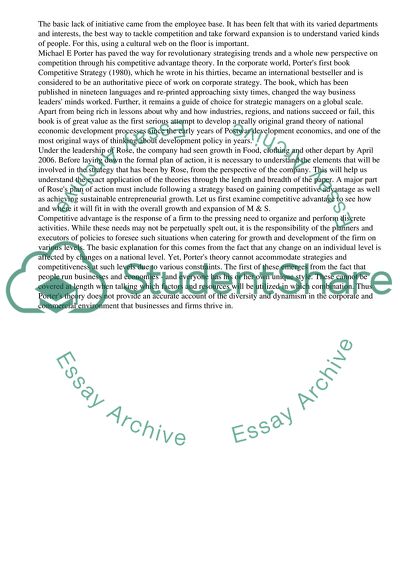Cite this document
(Marks and Spencers Strategic Management Case Study, n.d.)
Marks and Spencers Strategic Management Case Study. Retrieved from https://studentshare.org/management/1507240-marks-and-spencers
Marks and Spencers Strategic Management Case Study. Retrieved from https://studentshare.org/management/1507240-marks-and-spencers
(Marks and Spencers Strategic Management Case Study)
Marks and Spencers Strategic Management Case Study. https://studentshare.org/management/1507240-marks-and-spencers.
Marks and Spencers Strategic Management Case Study. https://studentshare.org/management/1507240-marks-and-spencers.
“Marks and Spencers Strategic Management Case Study”, n.d. https://studentshare.org/management/1507240-marks-and-spencers.


